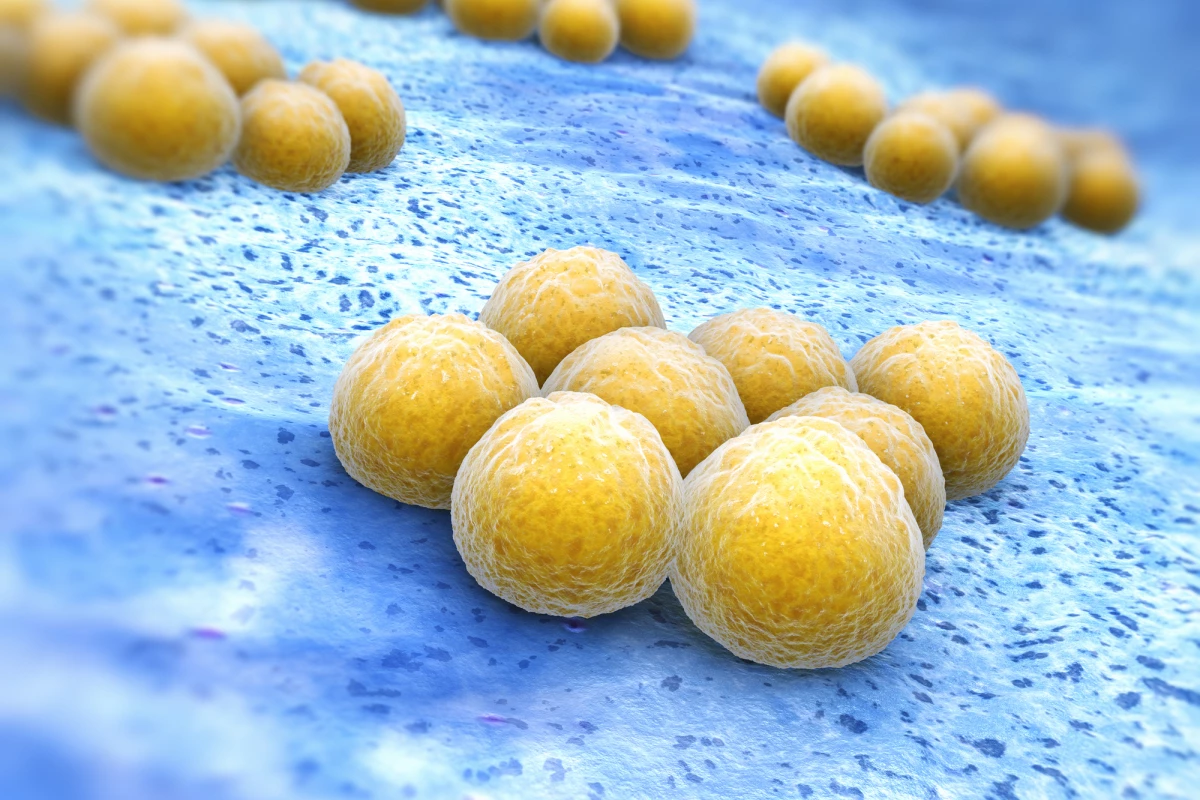Antibiotic-resistant bacteria (or superbugs) are enough of a problem as it is, but even after they’ve been wiped out they can leave resistance genes lying around for other bugs to use later. Now, researchers at Rice University have developed new nanosheets that can “trap and zap” these loose genes in wastewater treatment plants.
Not only do bacteria pass important genes down when they undergo cell division, but they have another crafty method that helps them evolve quickly. They can actually mix and match genes with other bugs around them, through a process known as horizontal gene transfer. That allows abilities such as drug resistance to spread through a population much faster.
This also makes it harder to completely eradicate these abilities. Even if a colony of superbugs is cleared out, they could leave behind plasmids containing antibiotic-resistant genes (ARGs), which can be picked up by future populations of bacteria in that area.
One of the main places of concern is wastewater treatment plants, where common cleaning practices kill bacteria but not ARGs. The researchers on the current study focused on one such plant in Tianjin, China, where a particular gene known as NDM1 was found to be spreading.

“Unfortunately, some superbugs resist chlorination, and resistant bacteria that die release extracellular ARGs that get stabilized by clay in receiving environments and transform indigenous bacteria, becoming resistome reservoirs,” says Pedro Alvarez, lead researcher on the study. “This underscores the need for technological innovation, to prevent the discharge of extracellular ARGs.”
In response, the Rice researchers developed a technology to clean up potentially-troublesome environmental DNA (eDNA) in wastewater. The trick is to use nanosheets of graphitic carbon nitride, which have molecular imprints designed to only capture eDNA. Once these genes are stuck in the holes on the nanosheet, they can be blasted with ultraviolet light to destroy them.
To make the holes the right shape, the team first coated the edges of the nanosheet with methacrylic acid, then embedded guanine – one of the four main bases of DNA. Next, the team washes the guanine out with hydrochloric acid, which leaves a perfect guanine molecule-shaped hole behind in the nanosheet.

That’s the “trap” part of the equation, as this specific shape will capture eDNA. The “zap” comes in the form of UV light. In tests, the team says that this process was 37 times more effective at destroying ARGs than carbon nitride nanosheets that didn’t have molecular imprints.
The researchers say that there’s still room for improvement with the technique, but this proof-of-concept study shows that it can work to clear out leftover resistance genes in wastewater.
The research was published in the journal Environmental Science Technology.
Source: Rice University






